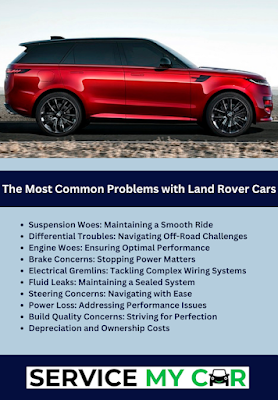When it comes to luxury SUVs, Land Rover is undoubtedly one of the top brands that come to mind. Their Range Rover models, in particular, have gained a reputation for their exquisite design and exceptional off-road capabilities. However, along with their prestige, Land Rovers are also known for their reliability issues and build quality concerns. To ensure your Land Rover stays in top condition, it is crucial to be aware of the common problems that can arise and take proactive measures to service your car regularly.
Suspension Woes: Maintaining a Smooth Ride

One of the most prevalent issues faced by Land Rover owners is suspension problems. Land Rovers are equipped with an advanced air suspension system, which provides a comfortable ride and enables adjustments in vehicle height. However, over time, the air suspension can fail, causing a sagging or uncomfortable ride. The air struts, made with flexible rubber, are prone to punctures, cracking, and rotting. Additionally, components like compressor pumps and control units can also experience failures. To avoid these issues, it is essential to have your Land Rover's suspension system inspected and serviced regularly by a qualified Land Rover repair and maintenance specialist.
Differential Troubles: Navigating Off-Road Challenges

Land Rovers are renowned for their excellent off-road capabilities, thanks to their sophisticated drive systems. However, one common problem that can arise is with the differential unit. Some owners have reported rear differential failures even with relatively low mileage. Another issue that can occur is differential whine, which can lead to grinding, teeth shedding, or seizing of the gears. Regular maintenance and fluid checks are essential to identify and address any potential differential issues before they escalate.
Engine Woes: Ensuring Optimal Performance
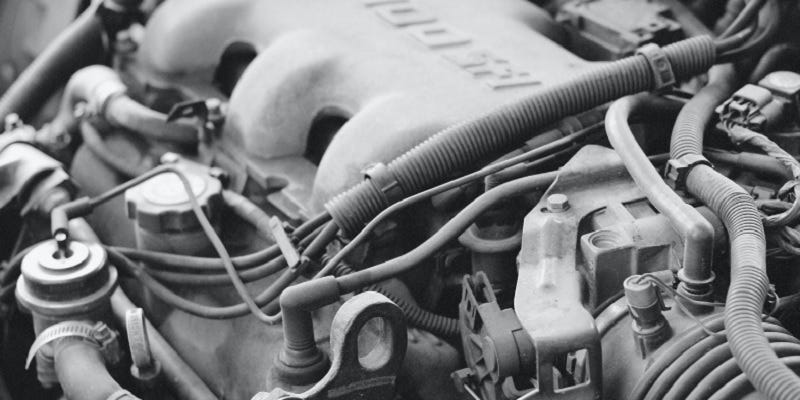
At the heart of every Range Rover lies a powerful engine, offering a wide range of options to suit different drivers' needs. However, Land Rovers, especially older models, have been plagued by various engine problems. Early models were prone to overheating, while diesel units experienced catastrophic failures. Gasoline engines faced issues such as radiator damage, timing chain wear, and manifold problems. Regular engine maintenance, including fluid checks and timely repairs, is crucial to keep your Land Rover performing at its best.
Brake Concerns: Stopping Power Matters
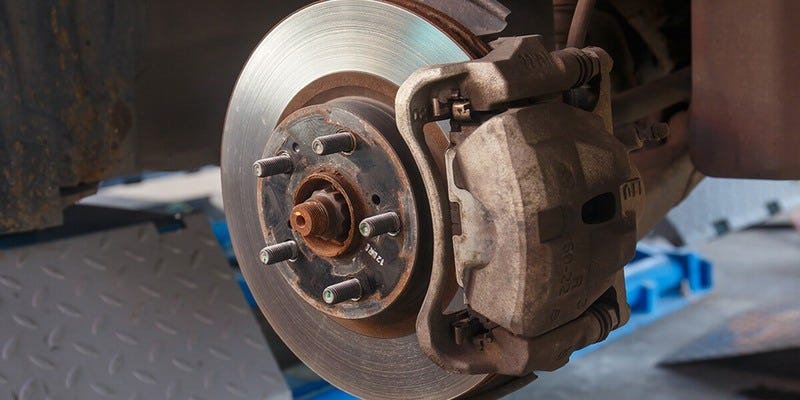
Given the weight of Land Rover vehicles, brake pad wear is a common issue. Some Discovery models, in particular, experience premature brake pad wear due to weight distribution. While most vehicles require brake pad replacements every 50,000 miles, Land Rovers may need more frequent replacements, around 30,000 miles. Proper maintenance and regular inspections are essential to ensure your Land Rover's brakes are functioning optimally, providing the stopping power you need for a safe drive.
Electrical Gremlins: Tackling Complex Wiring Systems
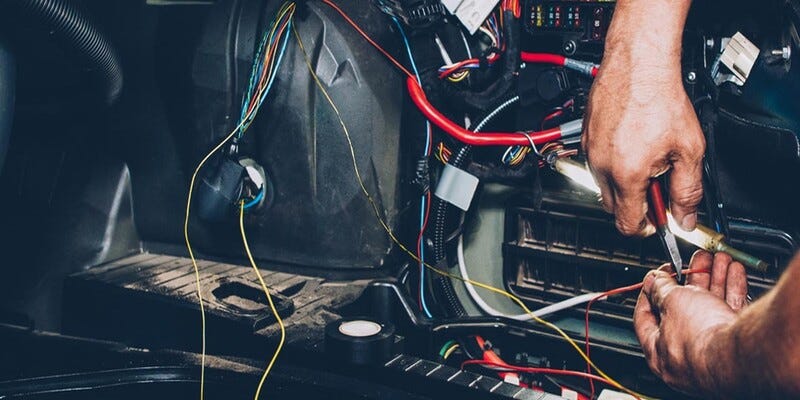
Luxury vehicles like Land Rovers have intricate electrical systems that contribute to their performance and comfort features. Unfortunately, Land Rovers are not immune to electrical problems. Owners have reported various electrical issues, ranging from switch failures to complete system shutdowns. Some vehicles have even been subject to major recalls due to multiple electrical faults. Common problems include infotainment system crashes, random resets, and failure to turn on. It is crucial to have your Land Rover's electrical system inspected and serviced by experienced technicians to address any potential issues before they escalate.
Fluid Leaks: Maintaining a Sealed System
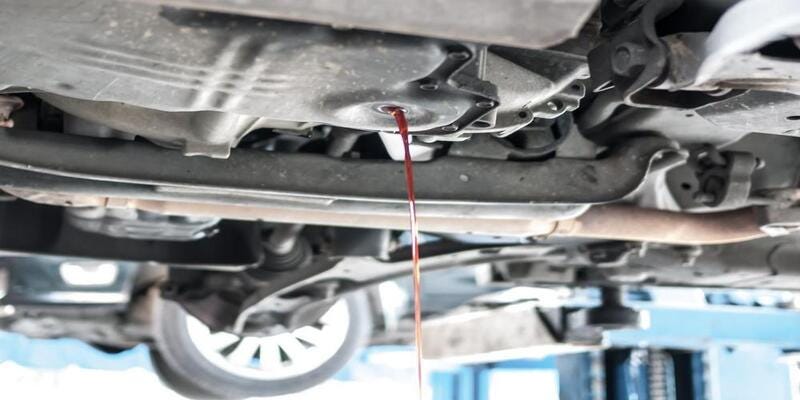
Despite Land Rover's renowned off-road capabilities, some owners have experienced fluid leakage issues. Oil leaks can occur from various engine components, transmission, and connected units. Coolant, fuel, and other system fluids may also leak, causing potential performance and safety issues. Regular inspections and maintenance can help identify and address any leaks, ensuring your Land Rover's fluids are properly contained.
Steering Concerns: Navigating with Ease

Steering problems can be a cause for concern among Land Rover owners. Corroded bolts in the power steering unit can lead to potential steering failure, posing significant safety risks. Some older models have also experienced steering column complaints, requiring replacement to resolve the issue. Premature steering motor failures, airbag error messages, and unusual noises can also be indicators of steering problems. Regular inspections and prompt repairs are vital to maintain optimal steering performance and ensure a safe driving experience.
Power Loss: Addressing Performance Issues

Loss of power can be a frustrating problem for Land Rover owners, especially with diesel-powered models. Blocked EGR or DPF valves and split hoses are common culprits for power loss. Gasoline engines may also experience issues with timing belts, catalytic converters, fuel pumps, and sensors, leading to diminished performance. Diagnosing and repairing power loss issues can be challenging, requiring the expertise of qualified technicians and potentially incurring higher costs.
Build Quality Concerns: Striving for Perfection

While Land Rover's build quality has improved over the years, some owners have reported issues with trim coming loose, panel gaps, and faulty interior components. Early models, in particular, faced more significant build quality concerns. While Land Rovers offer a luxurious experience, it is essential to set realistic expectations regarding build quality and address any issues promptly with the help of authorized repair centers.
Depreciation and Ownership Costs: Weighing the Pros and Cons

It is important to consider the long-term costs of owning a Land Rover, including depreciation and maintenance expenses. Land Rovers are known to depreciate rapidly, resulting in significant value loss soon after purchase. While this can make them more affordable as used vehicles, it is crucial to be aware of the potential running and repair costs associated with prestige SUV ownership. Regular servicing and maintenance by qualified technicians can help mitigate potential issues and ensure your Land Rover retains its value over time.
Conclusion: Prioritizing Service for Longevity and Performance
Thanks for giving your valuable time to read this blog, In case you are having an another brand car for example Aston martin car and you are looking for aston martin repair center then visit Service My Car website in case you need any service or repairs.
Owning a Land Rover comes with its fair share of challenges, but with proper maintenance and timely servicing, you can enjoy the luxury, off-road capabilities, and prestige that these vehicles offer. Regular inspections, fluid checks, and addressing potential issues promptly are crucial to keep your Land Rover running smoothly and reliably. By prioritizing service and working with experienced Land Rover repair and maintenance specialists, you can ensure that your Land Rover performs at its best and provides you with a safe and enjoyable driving experience for years to come.

